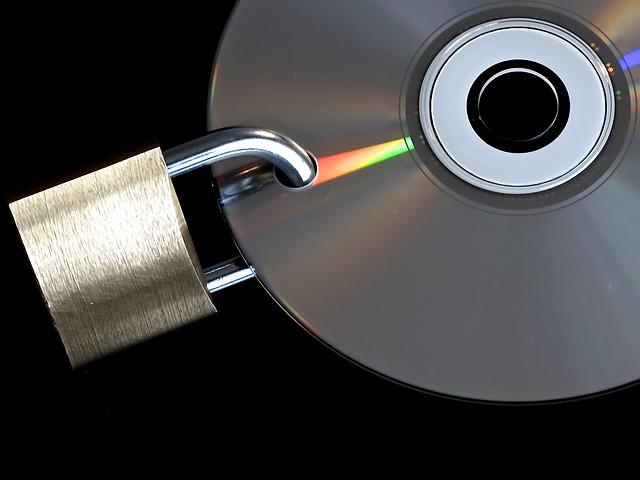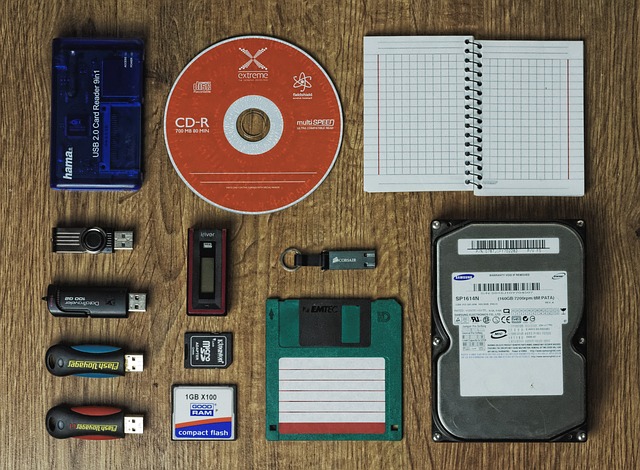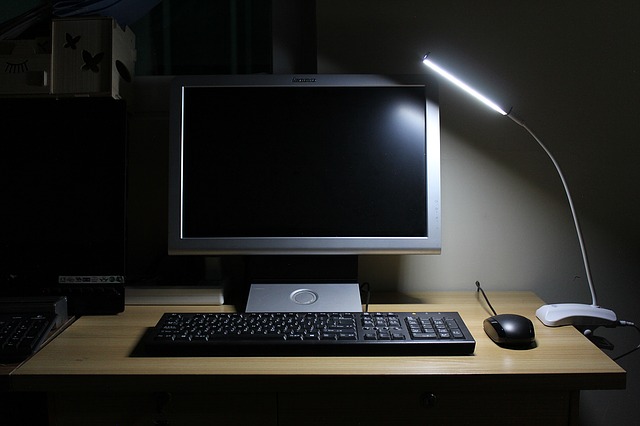When you use electronic devices such as computers, cell phones, and digital cameras, you create and store digital information. However, it is important to store it properly, otherwise you risk losing everything. The most common causes of data loss include damage to storage media, careless or hasty manipulation (formatting, deletion), the effects of natural phenomena (flood, fire), and loss (through one\’s own mistake or theft)

. This is the essence of backup. If you store your data in this way, there is little chance that at any given moment all your storage will be destroyed and you will not have time to make more copies. The only data that makes sense to back up is that which is unique and whose loss cannot be easily replaced (e.g., photographs) or which would cause major problems (e.g., loss of important research documents). For other replaceable data, it is a waste of time.

Acceptable items for backup are: photos, manuals, e-books, installers, videos, music, important documents, text messages, accounting, phone books, graphics, source code, MMS attachments, printouts, installers, movies, drawings, contracts, application settings, and access data.
But where to put the data for backup? The essence of backup is that the data must be stored in a different location than where the original data is stored. The most common storage locations include USB flash drives, external drives, optical media (DVD, Blu-ray, CD), and Internet storage (iCloud, Dropbox, Google Drive). When selecting storage, choose a type based on other criteria such as backup time, confidentiality of data content, and frequency of opening. The amount of data you want to back up will also have an impact. If you value your data, you may wonder how many backups you should make. However, there is no specific amount. That number is up to you. But the more, the better, because if even your backup device fails, you may not be able to access your data.






